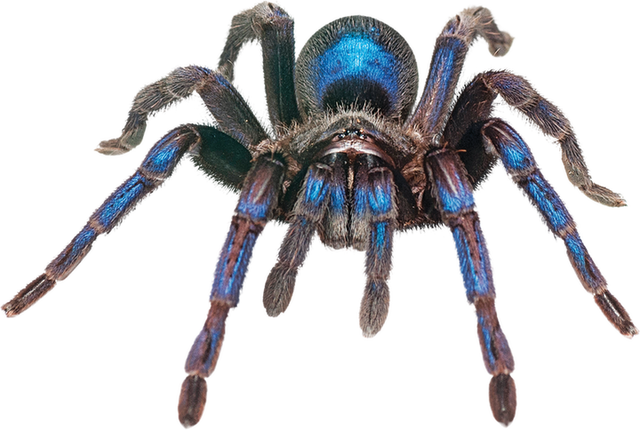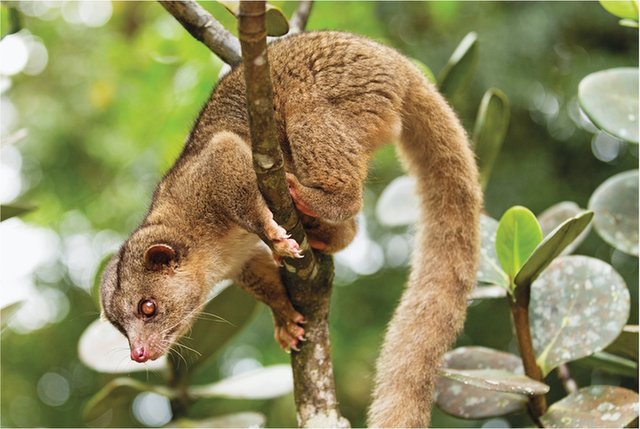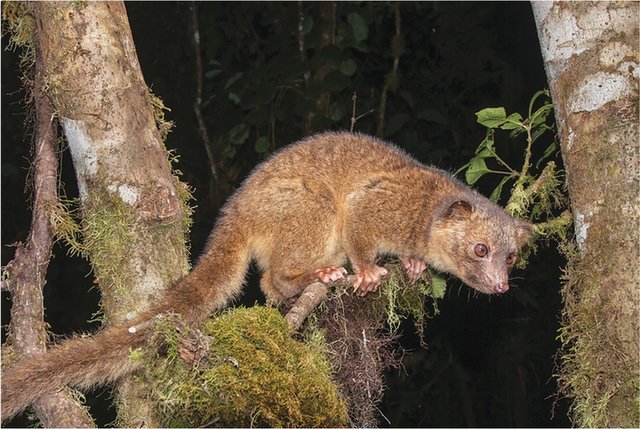

hairyblue tarantula
NewandBlue
Everyyear,about18,000newspeciesarediscovered.Thatmeansscientistsfindupto50newspeciesevery day.
InGuyana,scientistAndrewSnydercouldn’tseeathingashewalkedalongtherainforestfloor.Heturnedonhisflashlightandsawaflashofblue.Arottingstumpwascrawlingwithadozenhuge,bluespiders.Theywereanewspecies:hairyblue tarantulas!
Microbesandinsectsarenottheonlythingsoutthere,though.Newspeciesareturningup everywhere.


patch‑nosed salamander
HidinginPlain Sight
Somenewspeciesarerightunderournoses.AscientistinLondon,forexample,discoveredthreeunknownspeciesoffungusinapackageofgrocerystoremushrooms.Thepatch‑nosedsalamanderwasdiscoverednearacreekin Georgia.
WhyNow?
Scientistsarelookingattheworldindifferentways.So,theyarefindingnewspecies.Peoplearecuttingdownforests.Theyaremakingmoreroads.Astheyexpandintothewild,theyfindspeciesthathaveneverbeenseen before.
Newtoolslikedeep‑seacamerasalsohelpthemfindnewspecies.OneexampleistheIndonesianpsychedelic frogfish.

Indonesianpsychedelic frogfish
Mismatch
SometimesanewspeciescanbefoundbylookingatDNA.ScientistsattheNationalZooinWashington,D.C.,werefrustratedbyapairof olinguitos.
Theywerenotproducingoffspring.TheDNAshowedthatonewasanolinguito.However,theotherwasanolingo—twodifferent species!

olingo

olinguito